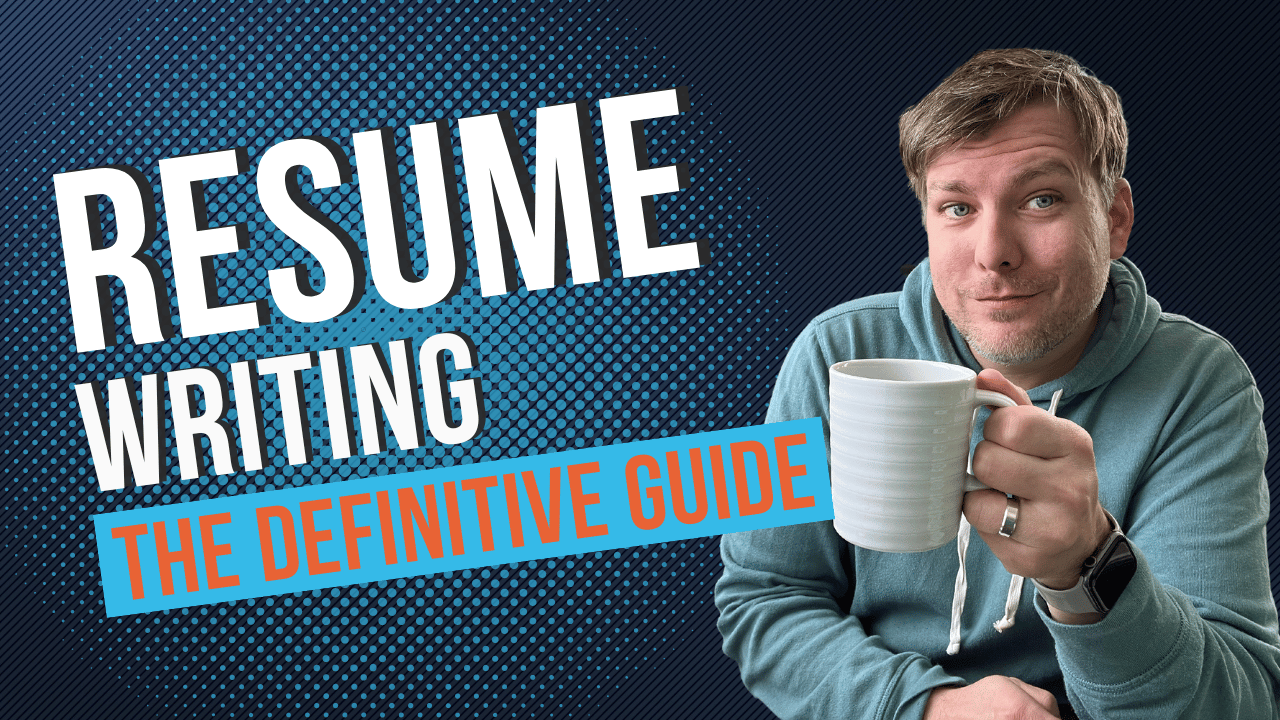How to Nail Your Interview and Perfect Your Resume: The Ultimate Guide

Whether you’re stepping into the workforce for the first time, making a career shift, or looking to level up in your current field, the process of landing your dream job can feel overwhelming. But what if I told you that two of the most important tools you need to succeed — your interview skills and your resume — are within your control to perfect? Let’s dive into how to make sure both shine and get you noticed by recruiters.
Crafting a Resume That Stands Out
The first impression a potential employer will have of you is through your resume, and in today’s competitive job market, making it stand out is crucial. Here are key strategies to help your resume get noticed:
- Tailor Your Resume to the Job
One-size-fits-all resumes no longer cut it. Customize your resume for each job you apply to. Review the job description carefully and identify keywords and skills they’re seeking. Then, strategically highlight your relevant experience and qualifications. This not only helps your resume pass through Applicant Tracking Systems (ATS) but also shows the employer that you’ve taken the time to understand the role. - Focus on Achievements, Not Just Duties
Employers don’t just want to know what you’ve done, they want to know how well you’ve done it. Instead of listing job responsibilities, focus on your achievements and quantify them when possible. For example, instead of saying, “Responsible for managing a team,” say, “Led a team of 10 in a project that increased revenue by 20%.” These kinds of metrics showcase your value and skills. - Keep It Clear and Concise
While it’s tempting to list every job you’ve had, it’s more important to keep your resume clear, concise, and focused. A resume that is too long or cluttered will lose the recruiter’s attention. Stick to one or two pages (depending on your experience) and use bullet points for easy readability. - Highlight Soft Skills
Hard skills are vital, but soft skills are just as important. Leadership, communication, problem-solving, and adaptability can set you apart from other candidates. Incorporate these into your experience or skills sections and provide examples where applicable. - Format It for Readability
Hiring managers look at resumes for mere seconds at a time. Use a clean, professional layout with a consistent font, clear section headings, and plenty of white space. Keep the formatting simple — no need for unnecessary graphics or excessive design elements.
Mastering Your Interview
Your resume got you in the door, but now you need to impress during the interview. Here are some essential tips to help you prepare:
- Research the Company
Before the interview, take time to thoroughly research the company’s history, culture, values, and recent developments. This knowledge not only shows that you’re prepared but also allows you to tailor your responses to align with the company’s goals and vision. - Practice Common Interview Questions
While every interview will be different, there are some common questions you’ll likely face, such as “Tell me about yourself,” “What are your strengths and weaknesses?” or “Why do you want to work here?” Preparing thoughtful, structured answers to these questions will help you feel more confident and sound polished during the interview. - Use the STAR Method
When answering behavioral interview questions (e.g., “Tell me about a time when you faced a challenge at work”), use the STAR method to structure your response:- Situation: Describe the context.
- Task: Explain what you were trying to accomplish.
- Action: Describe what you did.
- Result: Share the outcome, ideally with measurable results.
- Ask the Right Questions
An interview is a two-way street. When asked if you have any questions, take advantage of this opportunity to show interest in the company. Ask about the team dynamic, company culture, or the projects you’d be working on. This not only shows that you’re thoughtful but also helps you assess if the company is the right fit for you. - Dress the Part
First impressions matter. Dress professionally and in a manner that’s appropriate for the company’s culture. When in doubt, it’s always safer to overdress slightly than to underdress. Also, ensure your clothing is clean, pressed, and fits properly. - Follow Up
After the interview, send a thank-you note. A brief email thanking the interviewer for their time, reiterating your enthusiasm for the role, and mentioning a key point from the conversation can leave a lasting impression and keep you top of mind.
Combining Both for Success
Your resume and interview should work together to present a complete picture of who you are as a candidate. The resume gets you in the door, and the interview seals the deal. Remember, both should be a reflection of your skills, experience, and the value you bring to the table.
Mastering these two elements takes practice, but with the right approach, you’ll be on your way to landing the job you want. Start with crafting a resume that highlights your achievements and skills, then nail your interview by showing up prepared, confident, and knowledgeable.
If you take the time to perfect both, you’ll not only increase your chances of landing your dream job, but you’ll also stand out as a professional who is serious about your career.

